Just last week, Los Angeles felt the ground tremble with a 4.4 magnitude earthquake, hot on the heels of a 5.2 magnitude shake near Bakersfield.
These quakes were gentle nudges compared to what might come, reminding us all of Southern California’s shaky foundation.
All the Way to the Coast

The epicenter of the earthquake was in Highland Park, near Los Angeles County.
The quake hit at around 12:20 PDT, according to the U.S. Geological Survey. The tremors were felt in nearby cities like Pasadena and Glendale, as well as coastal areas like Manhattan Beach and El Segundo.
Caught on Camera

The quake struck the Golden State during live television broadcasts.
Malika Andrews from ESPN was interviewing a baseball analyst when the earthquake started. “Everything is shaking,” said Andrews after checking there were no damages or injuries.
Fire Crews at Work
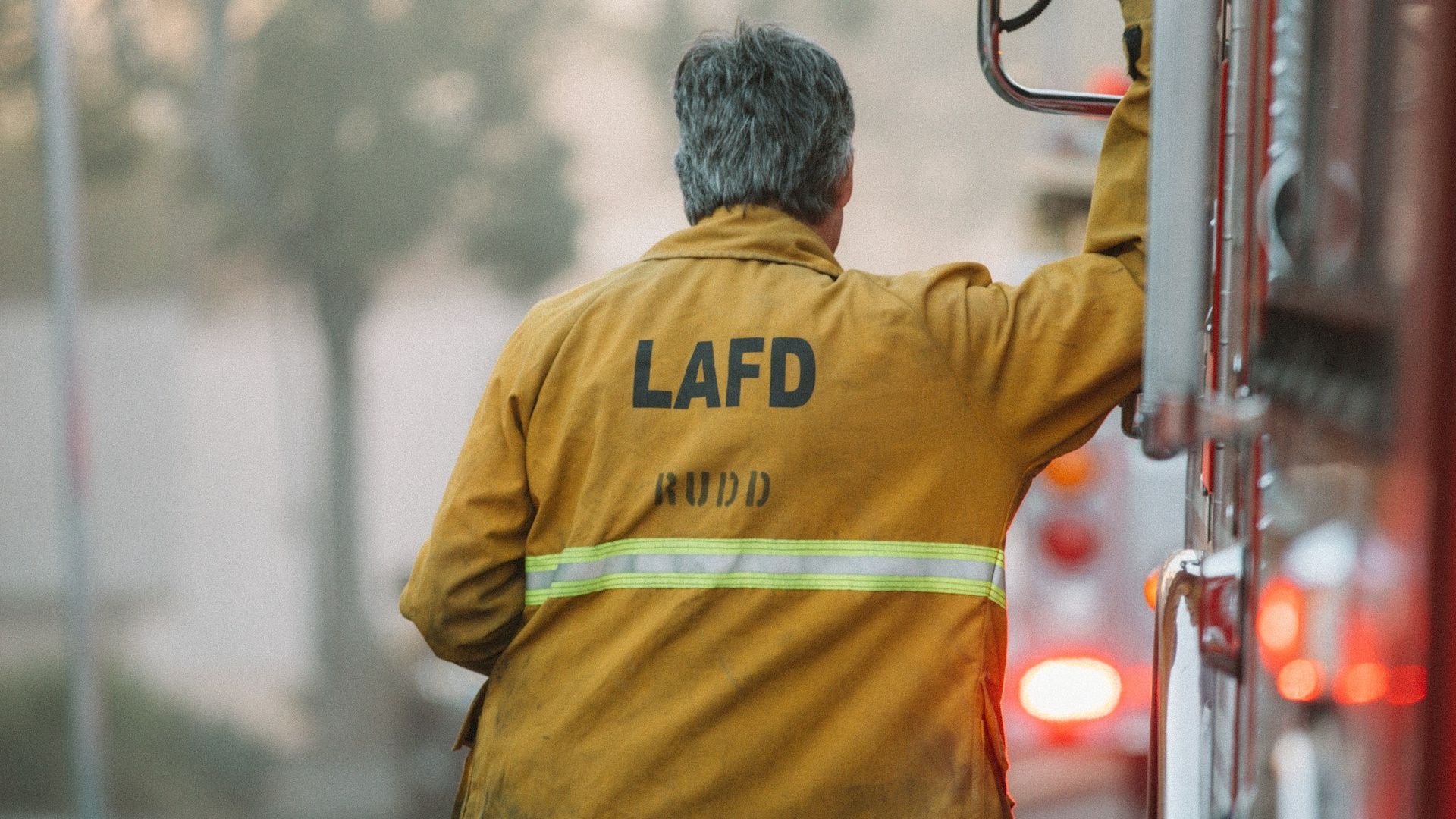
Andrews was able to stay calm during the broadcast, and after ensuring everyone in the studio was okay, she continued with her interview.
The agency later reported that there were no damages or injuries. Local media said a water main broke in South Pasadena, but it was unclear whether the earthquake was to blame.
A Series of Earthquakes
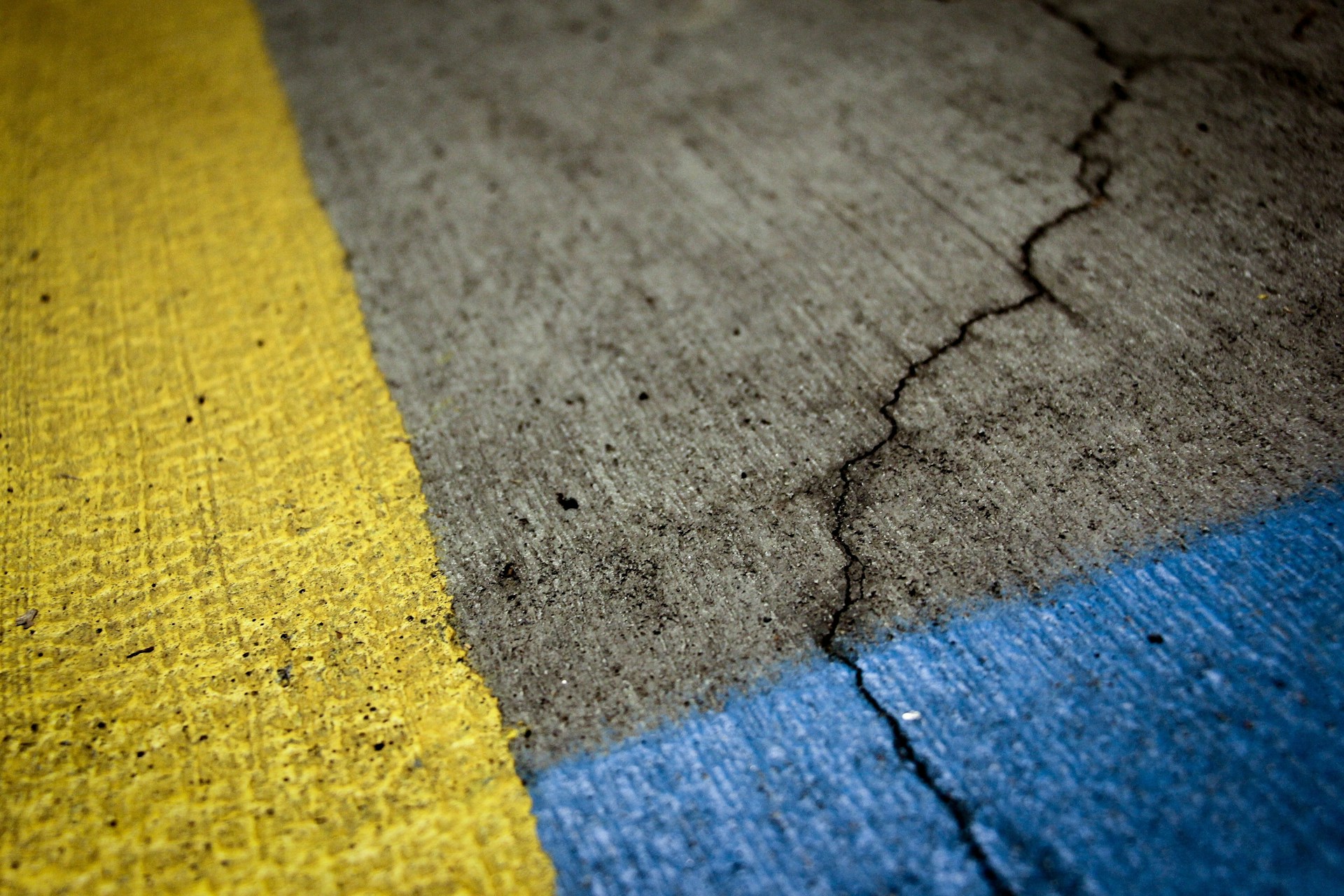
The U.S. Geological Survey initially estimated the earthquake would reach a magnitude of 4.7. However, they later downgraded it to 4.4.
This was not the only earthquake that hit California. In recent weeks, California has seen a string of magnitude 4 and 5 quakes. Affected areas include Grapevine and Bakersfield.
Under the City: Puente Hills Fault
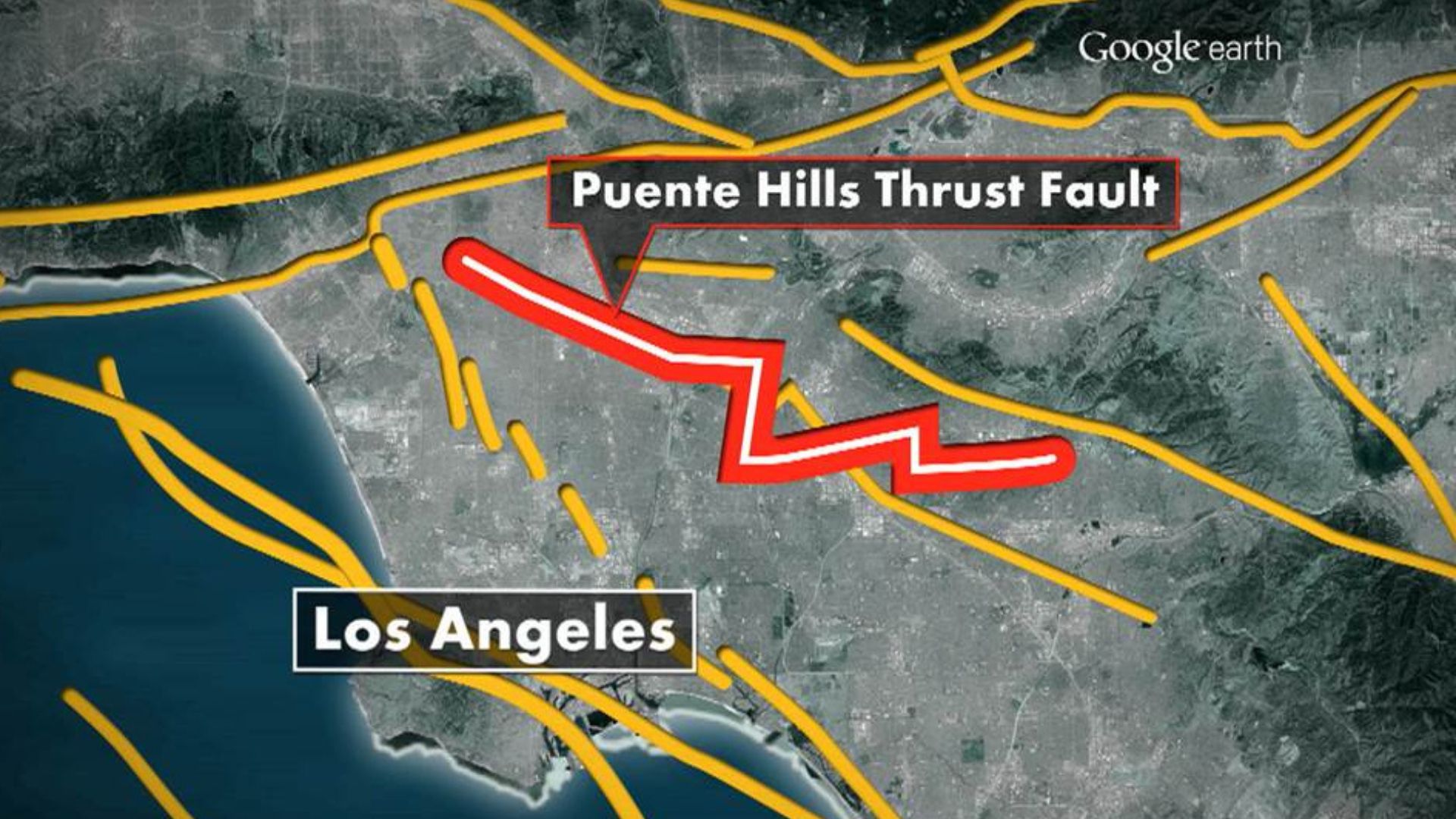
Buried beneath the bustling streets of Los Angeles lies the Puente Hills thrust fault.
More menacing than the famous San Andreas, its position under the dense population makes it an especially alarming concern for earthquake experts.
What Lies Beneath

The Puente Hills fault lies about 25 miles beneath the Los Angeles Basin.
The fault is underneath downtown Los Angeles, Whittier and the Puente Hills. This type of fault occurs when one part of the Earth’s crust is pushed on top of another due to compressional forces.
Tracking Tremors
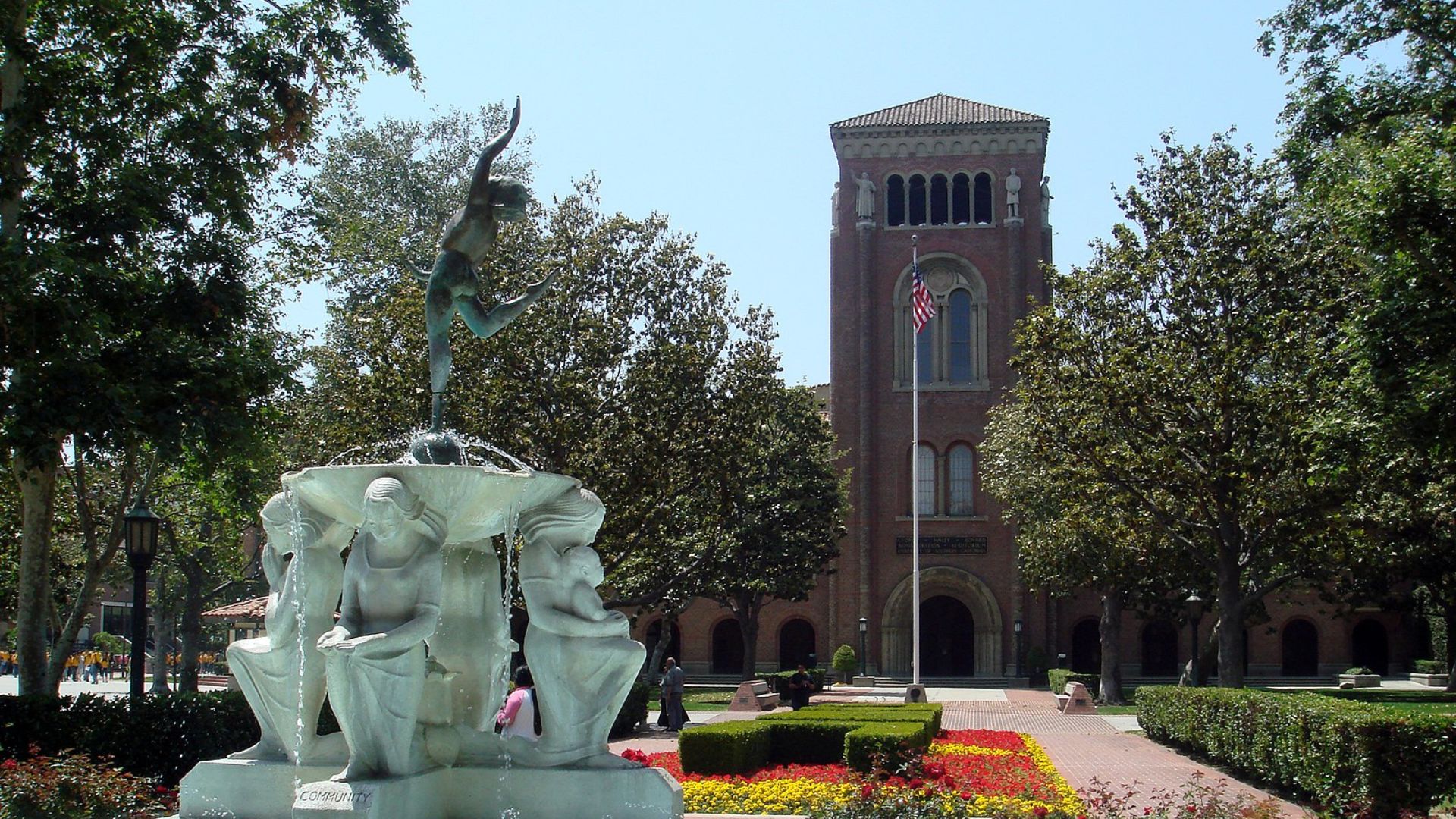
“All of these earthquakes are closely spaced in three dimensions, just beneath the main Puente Hills thrust [fault] plane,” reveals James Dolan, a professor at USC.
This comment highlights a series of small but significant tremors recently noted by researchers and reported by the LA Times.
Minor Quakes, Major Warnings?
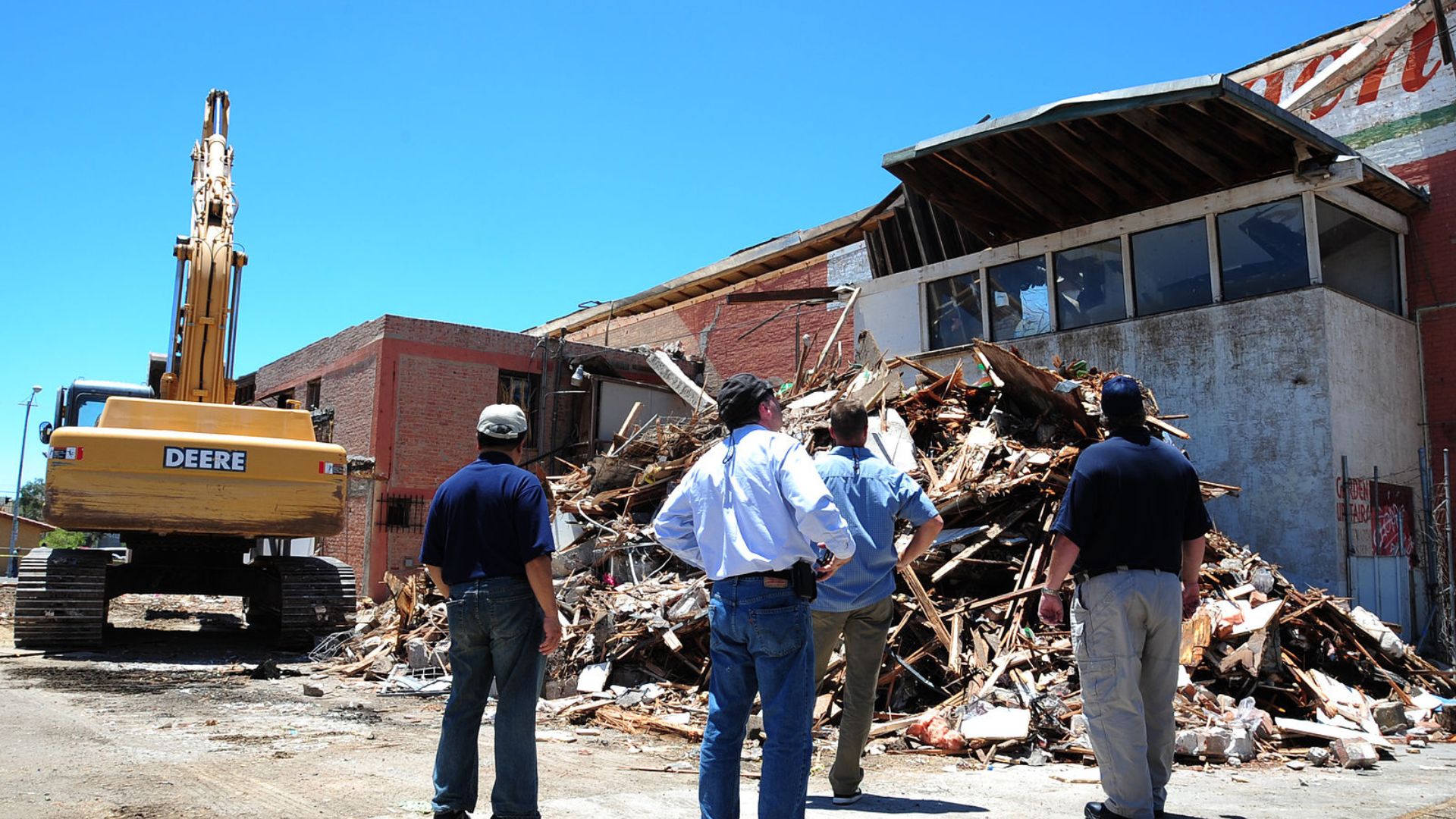
Despite their small size, these frequent quakes could be early signals of something bigger.
Dolan points out, “But the key thing is, they are very small events. These are very small earthquakes that don’t necessarily mean anything in terms of potentially being the harbinger of a future large magnitude earthquake on the Puente Hills thrust.”
The Hidden Fault Lines
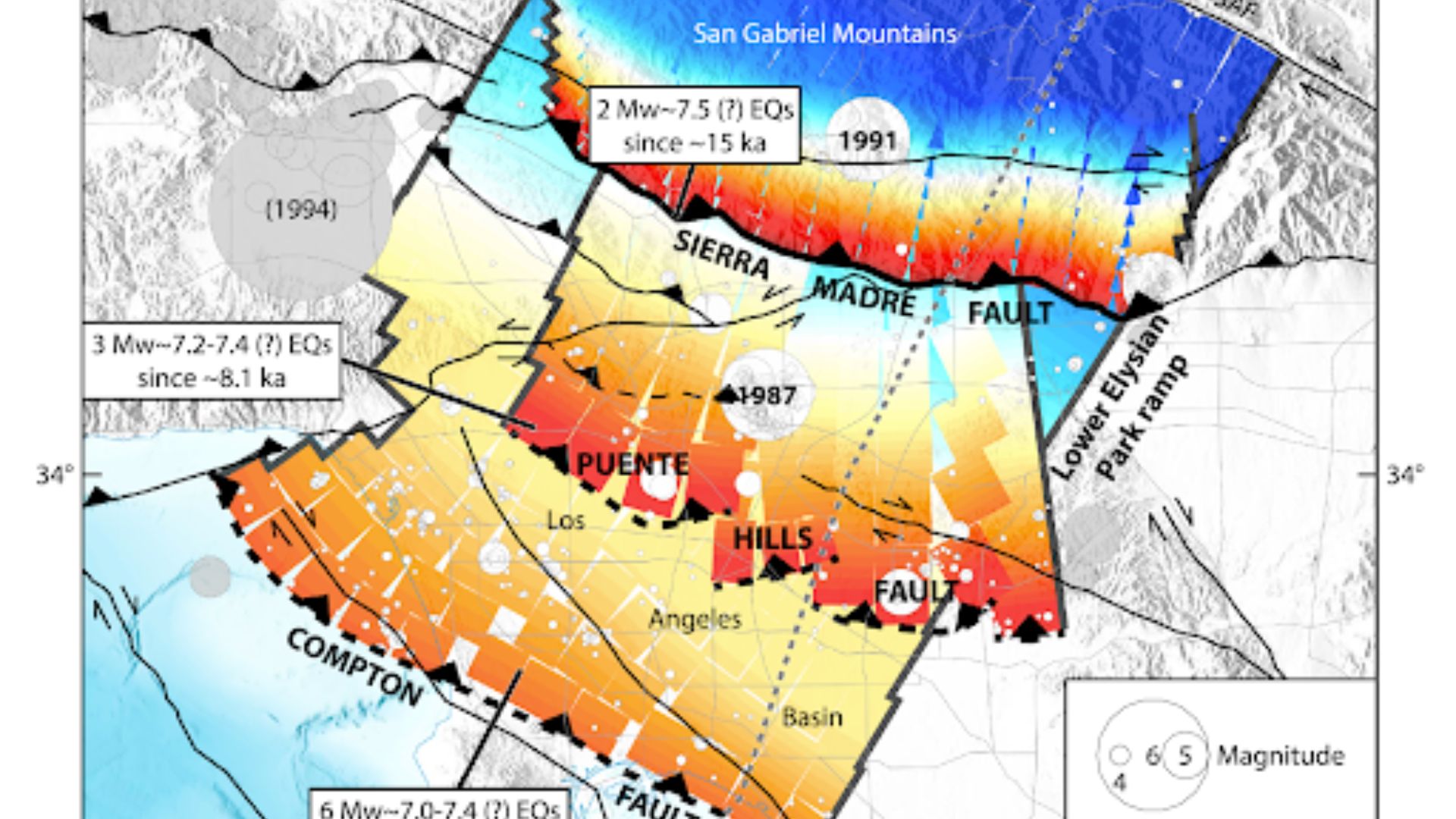
The Puente Hills fault, a blind thrust fault, silently pressures parts of the earth’s crust over one another without any surface evidence.
This hidden nature makes it particularly challenging to study and monitor.
When the Big One Hits

Warnings from seismologists suggest that the Puente Hills thrust fault might unleash a quake up to a magnitude 7.5, which could devastate the heart of Los Angeles.
This would be a nightmare scenario for the city’s residents, infrastructure and rescue services.
A Tale of Two Faults
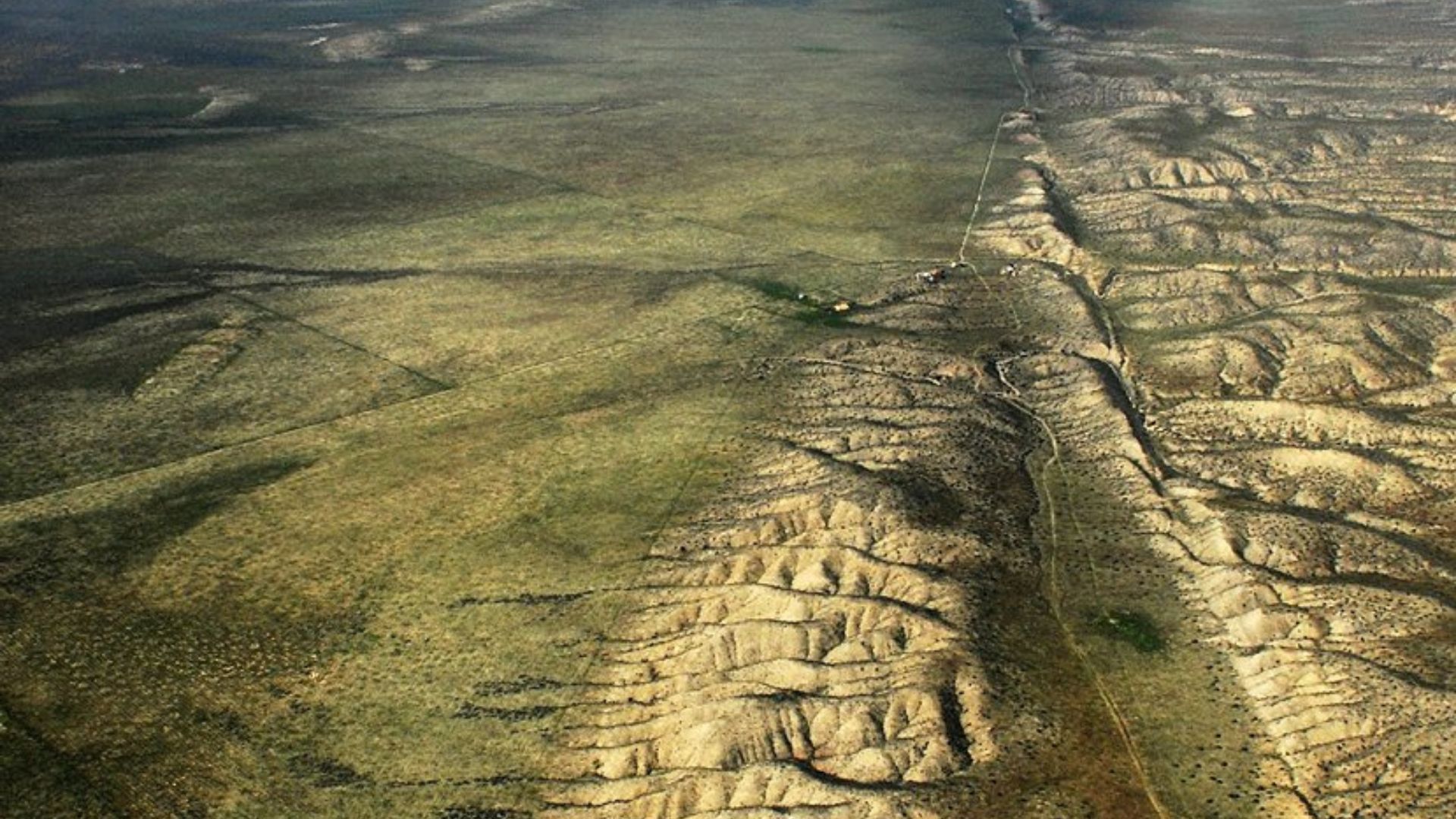
The infamous San Andreas fault is known for its potential to create massive earthquakes.
However, it pales in proximity to the Puente Hills fault when considering the immediate threat to Los Angeles’ urban core.
Different Timeframes
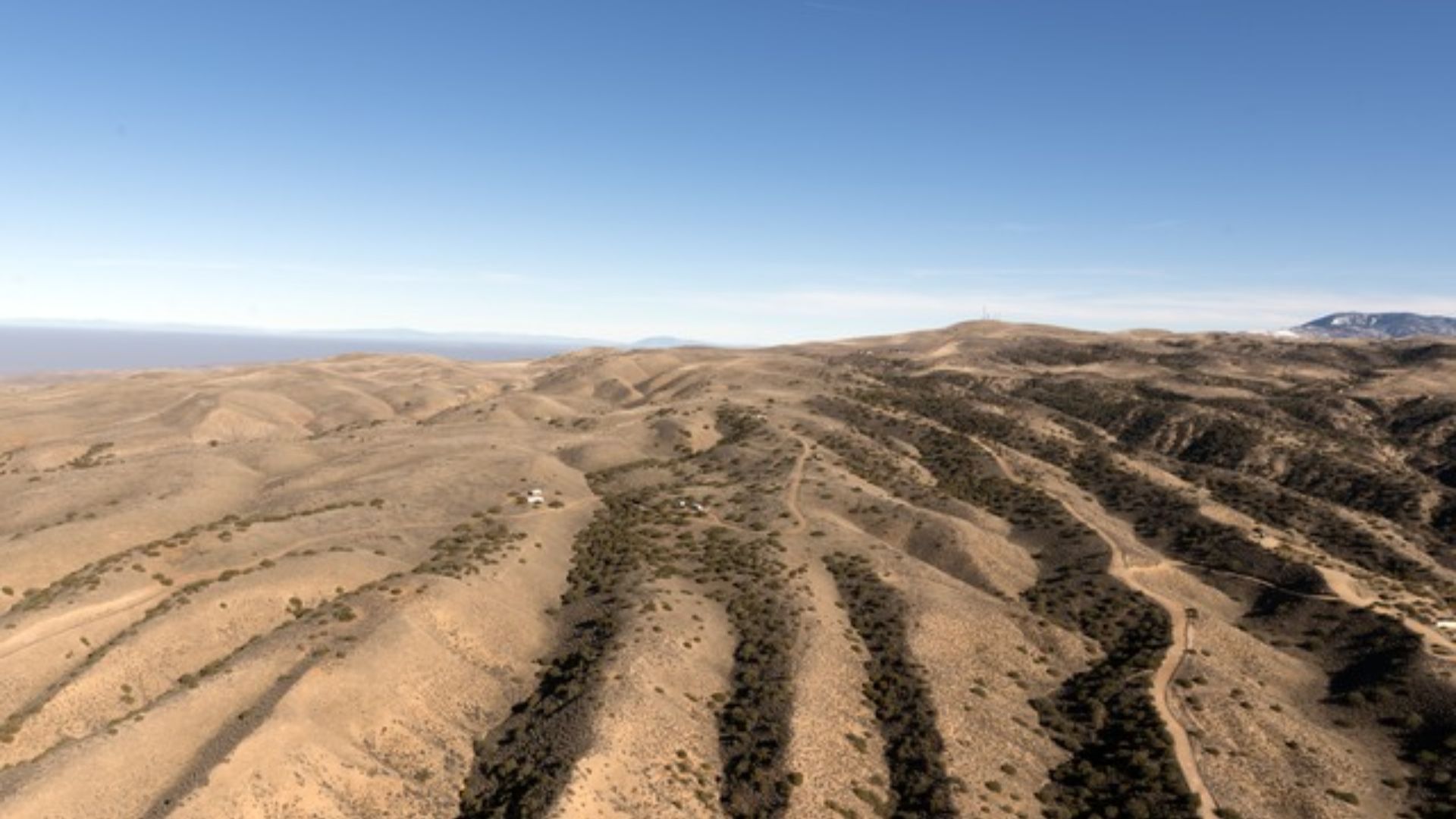
While the threat of the Puente Hills fault looms large, this fault has not had a large earthquake in recorded history.
Geologists estimate this fault has a quake every few thousand years. However, the San Andreas fault has a major earthquake once every few centuries. Its most recent quake happened in 1857 and had a magnitude of 7.8.
Expert Opinion on Urban Danger
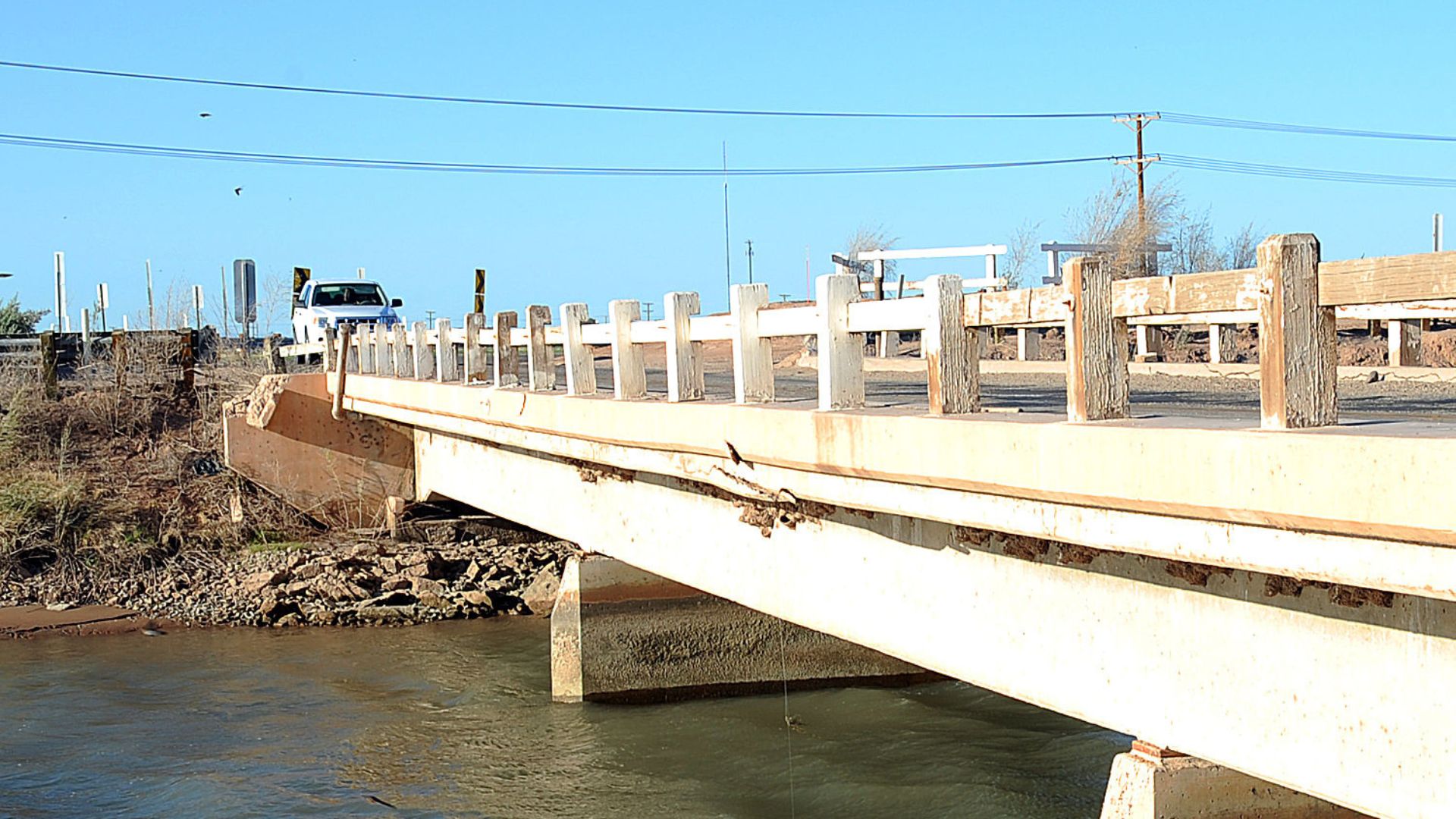
Lucy Jones, a respected earthquake expert, did not mince words when she told the LA Times, “It’s a reminder that this is actually our most dangerous fault.”
Her statement illustrates the unique risk posed by Puente Hills compared to other faults in the region.
Predicting Disaster

The U.S. Geological Survey projects that a major 7.8 magnitude earthquake on the San Andreas could kill about 1,800 people.
But a quake of similar strength on the Puente Hills fault could be much deadlier, potentially claiming up to 18,000 lives and causing upward of $252 billion in damages.
Earthquake Inevitability
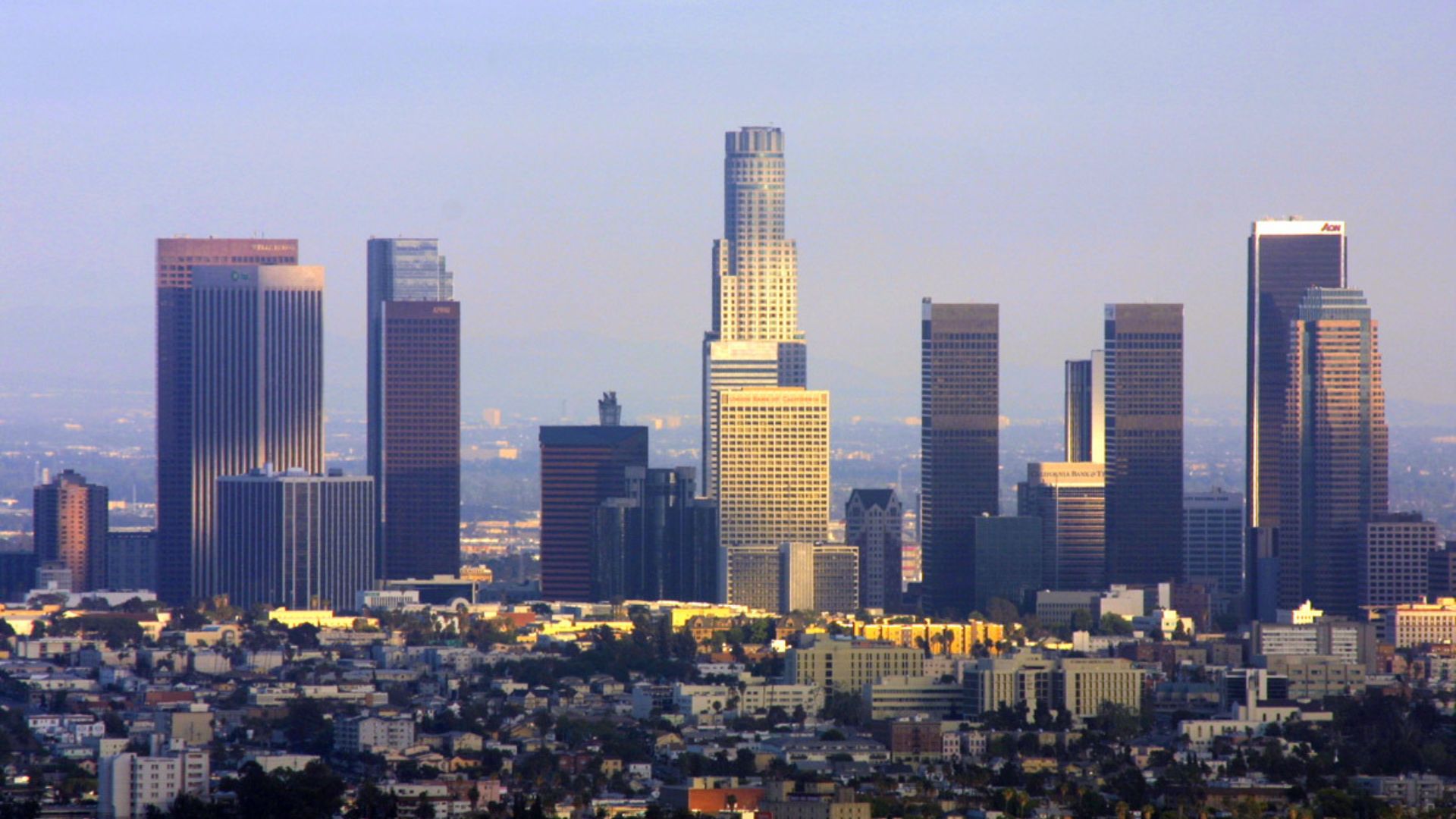
Dolan emphasizes the certain risk of major quakes in LA’s future, urging preparedness.
He said, “People really need to be ready for a very, very large earthquake, or earthquakes, in L.A.’s future. It’s going to happen. We don’t know when. We don’t know exactly which fault is going to generate those earthquakes, but they are going to happen.”
Vulnerable Infrastructure
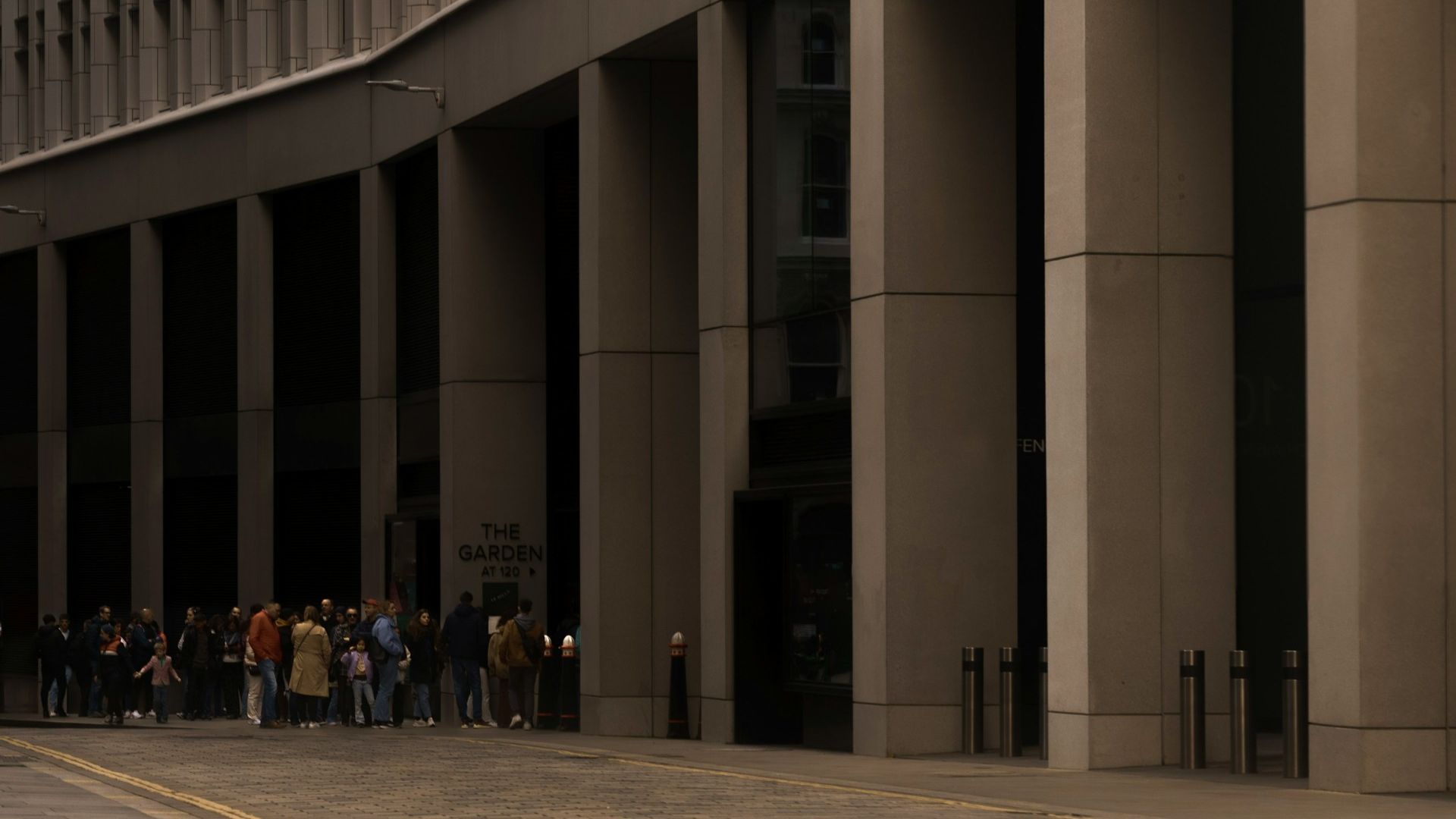
One reason why these potential earthquakes are so high-risk is because of vulnerable buildings.
The buildings most at risk are those constructed with brittle concrete frames. These buildings could crumble during a major earthquake. Violent tremors can push buildings off their foundations or even cause them to collapse.
Ignoring Retrofitting Suggestions
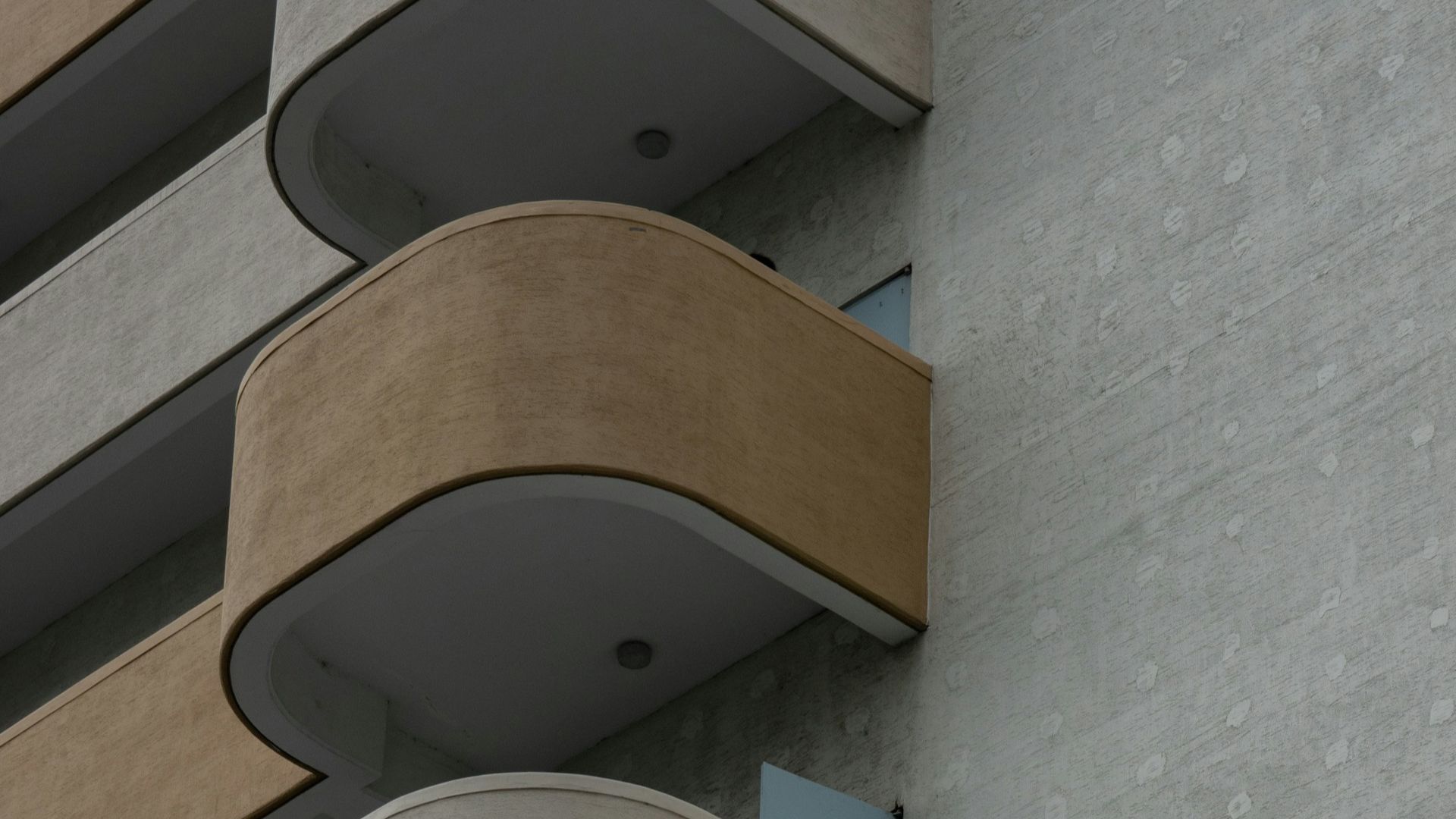
Buildings that are held up by skinny poles are the most vulnerable to collapse in an earthquake.
Cities such as Los Angeles, Pasadena and Santa Monica have ordered these buildings to be retrofitted. However, most other areas have not, including San Gabriel Valley and southeast L.A. County.
Could Lead to More Homeless
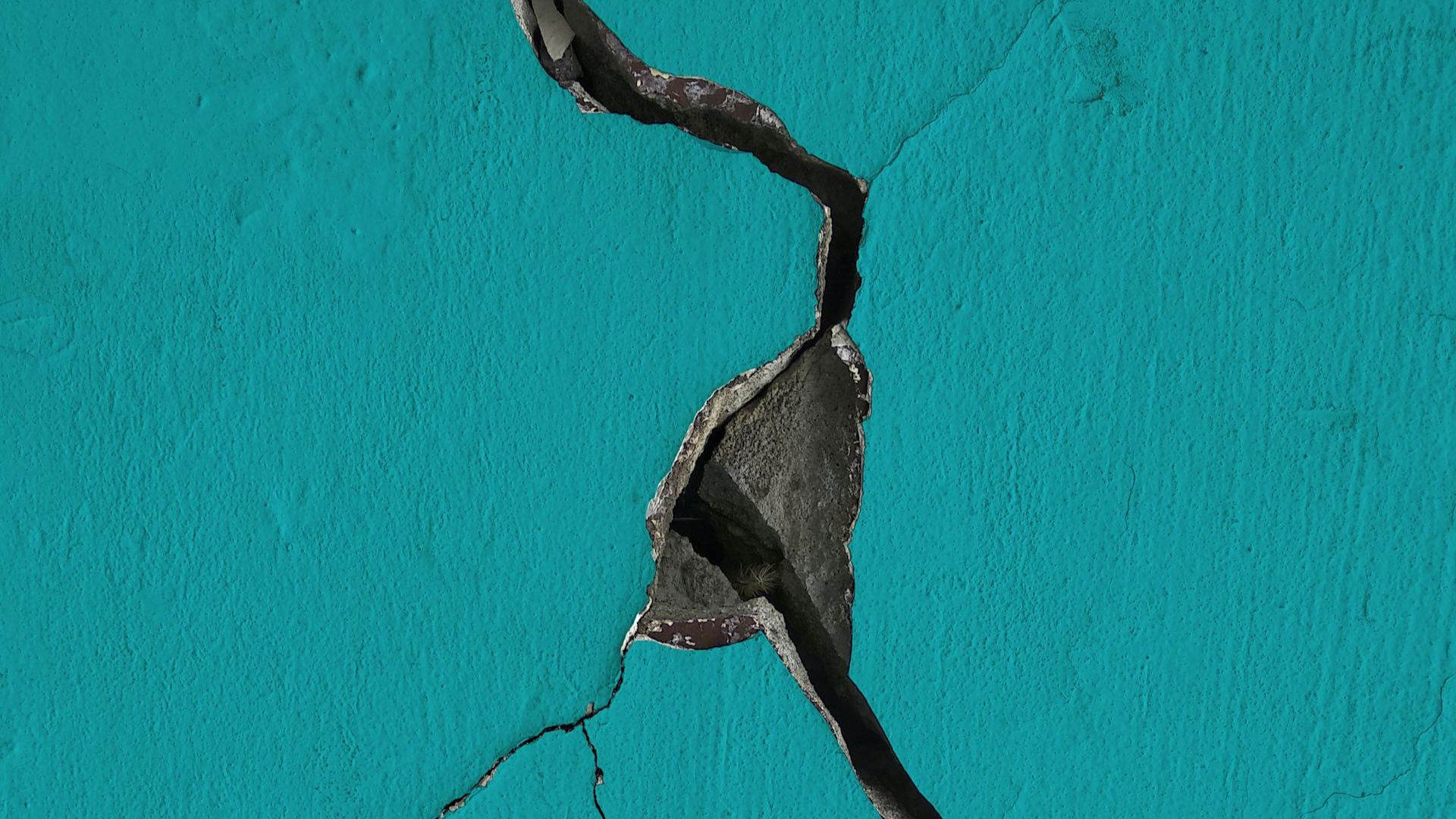
Scientists have said that vulnerable infrastructure needs to be retrofitted to save lives and housing.
Jones said: “This is something that not only kills people, as we saw in ’94, but it also leaves people homeless. We can’t afford to lose that housing when a bigger earthquake comes through.”
Silent, But Not Inactive

While the Puente Hills fault has been quiet in recent history, geologists assert its capability for significant activity.
They suggest it could potentially release a major earthquake every few thousand years.
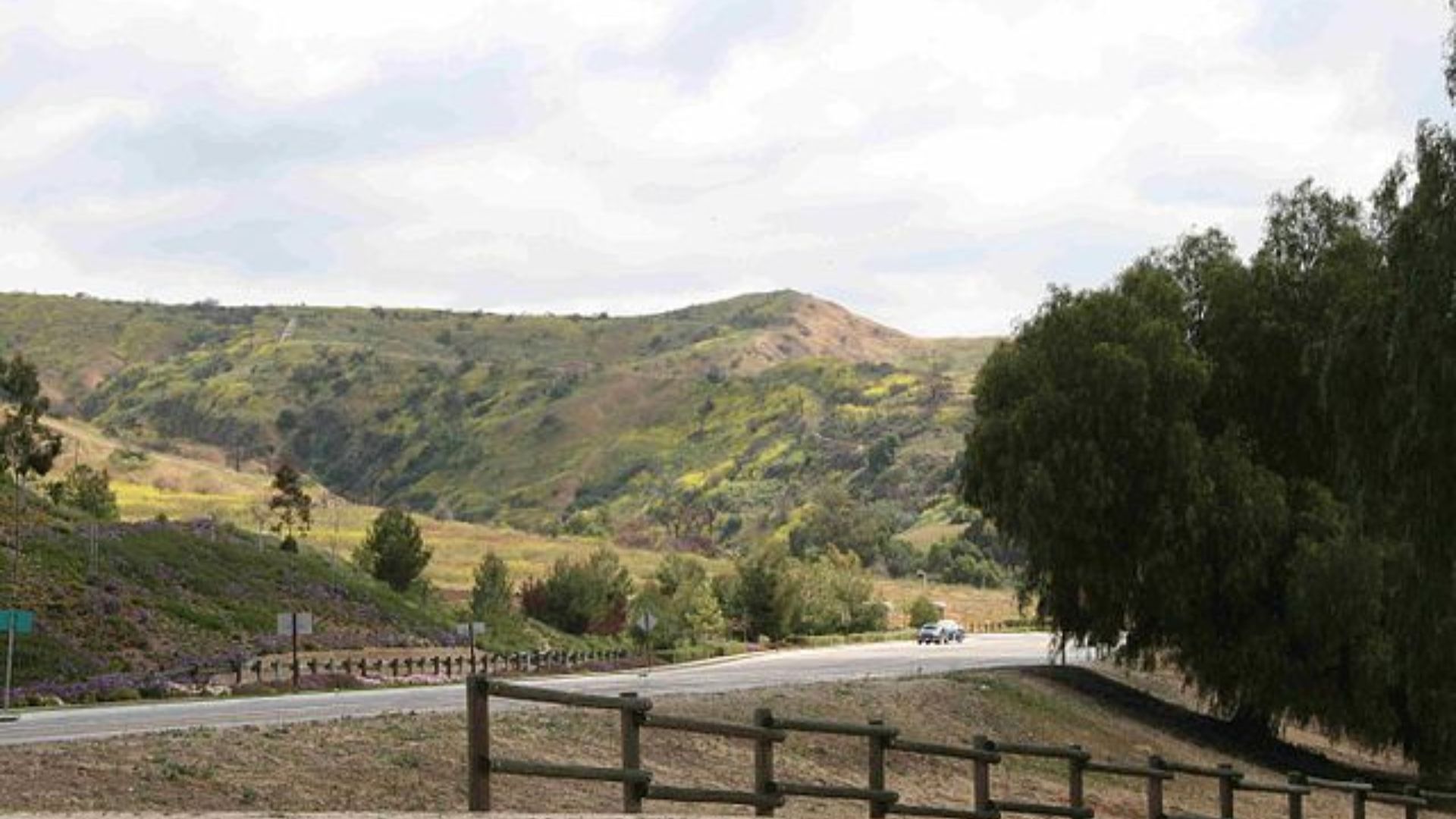
There have been minor earthquakes under the Puente Hills thrust fault in the last decade.
In 2014, a magnitude 5.2 earthquake in La Habra struck. Several water mains broke. A rock slide in Carbon Canyon caused a car to overturn, leaving the driver and passengers with minor injuries. Officials said more than a dozen homes were red-tagged for possible structural damage.
A Sobering Reminder from 1987
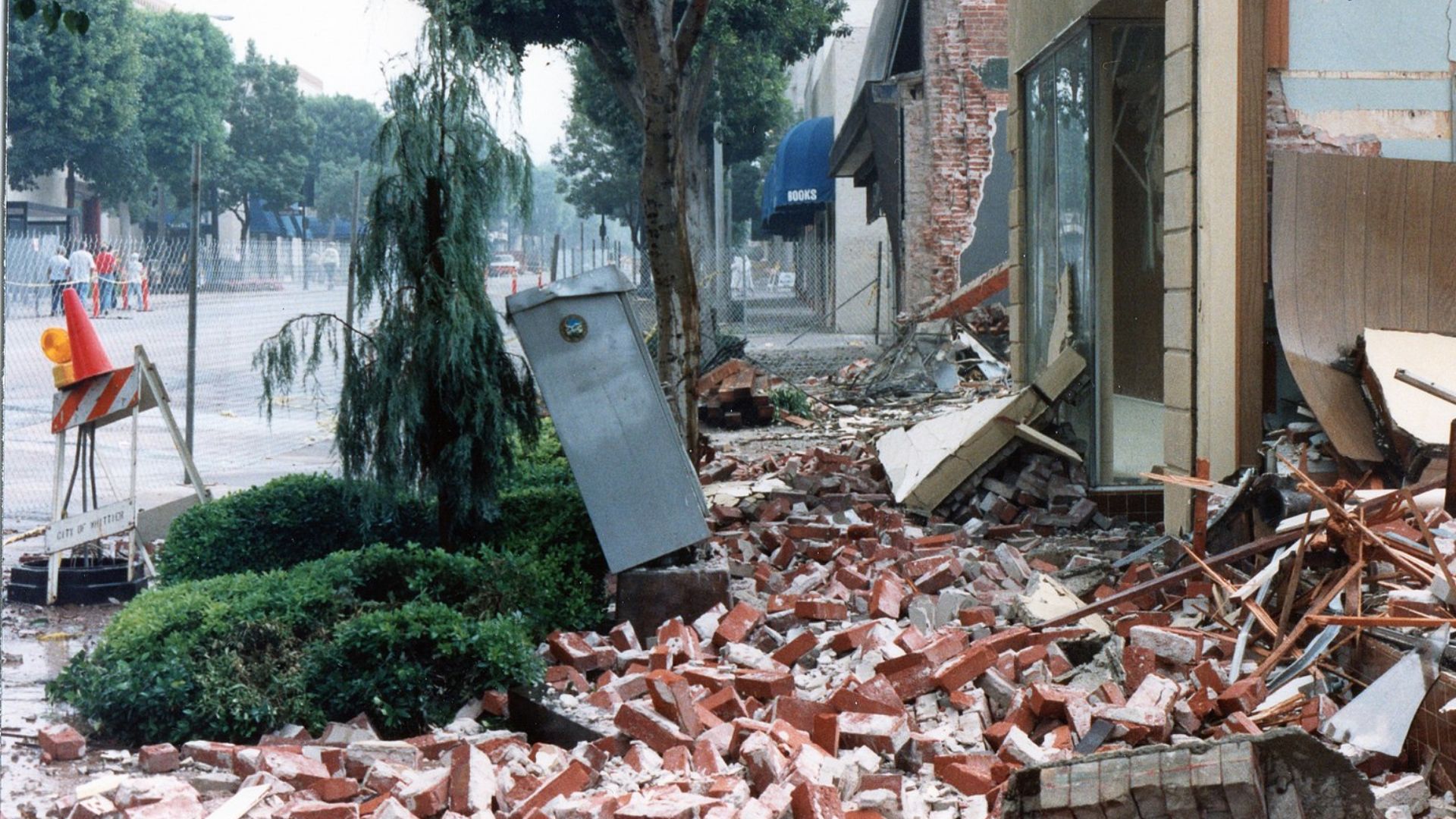
The 1987 Whittier Narrows earthquake, though relatively modest at magnitude 5.9, caused the deaths of eight people and inflicted over $350 million in damages.
This event serves as a stark reminder of the destructive power of even smaller earthquakes on the Puente Hills fault.

Dolan said Californians should take this opportunity to prepare for a devastating earthquake.
Precautions include buying extra water and securing spaces, such as fastening bookshelves to walls. There are many things you can do to prepare your family and property for a future earthquake.
Get Updates

While a serious earthquake is imminent, it is crucial to stay informed. People with iPhones can get early earthquake warnings on the MyShake app.
Those without smartphones can also get quake alerts on their cell phones. However, these alerts will only reach those in a higher magnitude area or where higher levels of shaking are predicted.
